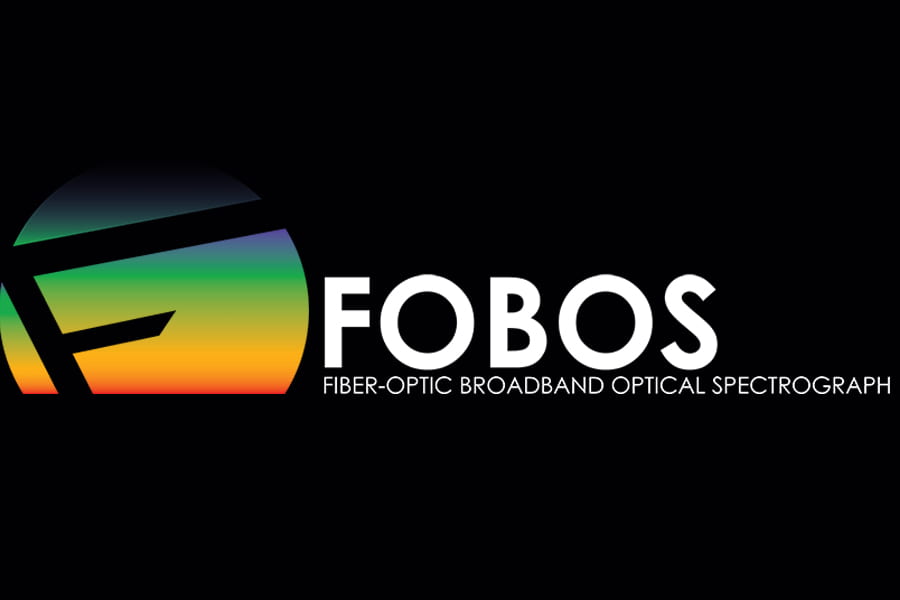FOBOS will be one of Keck Observatory’s flagship instruments of the next decade. Its ability to collect extremely sensitive spectroscopy for 1800 stars or galaxies simultaneously will ensure Keck’s leading role in the coming era of “Big Data Astronomy.” With Vera Rubin Observatory’s LSST and the Roman Space Telescope soon providing panoramic imaging of billions of sources, FOBOS is the only instrument that will be capable of following up and characterizing the faintest populations. FOBOS’s key goal is to understand the complex web of processes known as the ‘cosmic ecosystem.’ These processes regulate and distribute atomic elements throughout the universe, ultimately seeding galaxies with the building blocks of today’s stars, planets, and even life itself. Several innovative technologies in the FOBOS design give astronomers new flexibility in this pursuit. This includes the ability to allocate both single-fiber targets as well as fiber arrays that can map spectral changes across the face of distant galaxies. It will also be possible for FOBOS to feed light to multiple kinds of spectrographs at the same time, a first at Keck. Together, these powerful capabilities allow FOBOS to link the physics of early formation revealed by the James Webb Space Telescope to an evolving cosmic ecosystem that shapes galaxies and stars to the present day.
Keck Observatory
FOBOS: The Fiber-Optic Broadband Optical Spectrograph

A Next-Generation Facility for Keck
Want to learn more?
